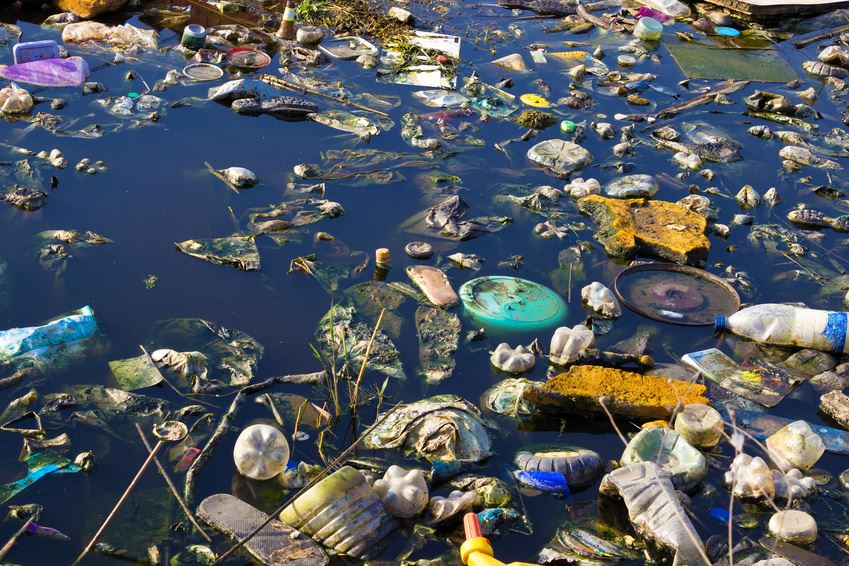Aside from the infamous Hollywood sign and the star-studded walk of fame, Los Angeles is also famous for its air pollution. That’s right: at the top of the glorious Runyon Canyon, onlookers can feast their eyes on the city’s horizon, smudged with a thick smog from high ozone levels and particle pollution.
But this isn’t just a problem in Los Angeles. Unfortunately, a new report released by the American Lung Association reveals that multiple California towns top the list of the most polluted cities in the United States. Next to Los Angeles, Bakersfield led in particle pollution, and Sacramento followed soon after at number 17 on the list.
Pollution can have a slew of negative effects, such as exacerbating lung disease and asthma. Air pollution can also stunt lung growth in children.
According to the list, more than half of the U.S. populaces have dangerous levels of particle pollution or smog. The list includes several other California cities, such as Fresno and San Jose.
The report shows that Bellingham, WA, has the least amount of smog pollution, and Farmington, NM, had the lowest levels of year-round particle pollution.
Pollution, not just in air quality but also in the water, can have devastating effects on one’s health. Plenty has been said about the water crisis in Flint, MI, where thousands of people have been exposed to dangerous levels of lead in their drinking water. Even something seemingly unrelated, like water pollution, can have results like increasing a man’s risk for low testosterone, which affects 13 million men nationwide yet is often written off as the effects of aging.
In some cases, the effects of water pollution can be even more shocking. For instance, marine researchers are noticing an alarming trend of male fish laying eggs. This process of feminization is actually a product of water pollution.
According to National Geographic, 60 to 100% of all of the male smallmouth bass population examined from the U.S. Northeast had female egg cells growing in their testes. This condition, called intersex, has been linked to environmental chemicals that mimic or block sex hormones. Some of these chemicals concern estrogens from birth control pills and can mimic and in some cases interrupt a body’s normal hormonal functions.
As we begin to discover the uncomfortable truth about what exactly is in our air and water supply, perhaps more action will be taken in order to preserve our population’s health and the health of the planet.


Add Comment